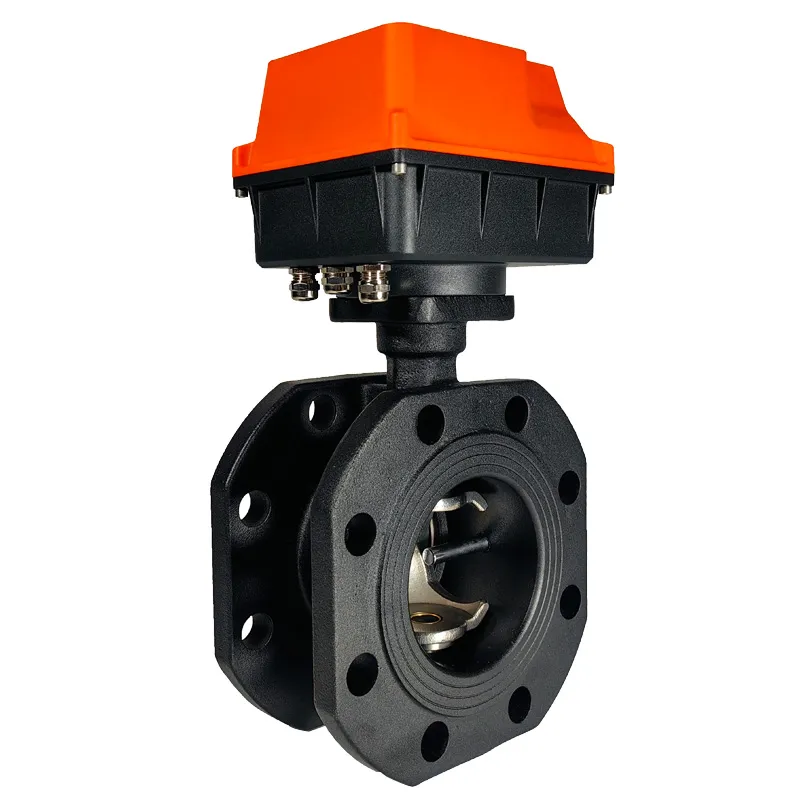Avoid your inquiry is delay response, please enter your WhatsApp/WeChat/Skype along with the message, so we can contact you at the very first time
We will reply you within 24 hours. If for urgent case, please add WhatsApp: +86 13188899036, or WeChat: 0531-87968777. Or call 0531-87968777 directly.
* We respect your confidentiality and all information are protected. We will only use your information to respond to your inquiry and will never send unsolicited emails or promotional messages.
In my valve manufacturing experience, I’ve seen how material choice significantly impacts valve performance. Cast steel valves represent a crucial segment of our industry.
A cast steel valve is a flow control device made from molten steel poured into molds to form the valve body and components. It offers high strength, durability, and pressure resistance for demanding industrial applications.

Cast Steel Valve Production
Let me share my insights from years of working with cast steel valves in various applications.
During client consultations, this question often arises when discussing valve material options.
Cast steel1 is formed by pouring molten steel into molds, while normal (wrought) steel is worked and shaped through rolling or forging. This difference in manufacturing process creates distinct material properties.
Through my years in valve manufacturing, I’ve gained extensive knowledge about different steel types. Let me share insights from working with both materials.
Key Differences:
From my recent material analysis project:
| Property | Cast Steel | Wrought Steel |
|---|---|---|
| Grain Structure | Random | Directional |
| Strength | High | Very High |
| Ductility | Lower | Higher |
| Cost | Moderate | Higher |
| Shape Complexity | Excellent | Limited |
Implementation Results:
Based on my manufacturing experience, cast steel serves numerous critical applications.
Cast steel is used in high-pressure valves3, pump housings, turbine components, and industrial equipment requiring strength and durability. It excels in applications with elevated temperatures and pressures.
My experience in valve production has shown me the versatility of cast steel. Let me share specific applications and their requirements.
Industrial Applications:
From recent industry projects:
| Application | Pressure Rating | Temperature Range |
|---|---|---|
| Gate Valves | Up to 4500 PSI | -20°F to 1000°F |
| Globe Valves | Up to 2500 PSI | -50°F to 800°F |
| Check Valves | Up to 3000 PSI | 0°F to 650°F |
| Ball Valves | Up to 2000 PSI | -30°F to 450°F |
| Butterfly Valves | Up to 1500 PSI | -20°F to 400°F |
Through my years in valve manufacturing, I’ve encountered various challenges with cast steel.
Cast steel can have porosity issues4, higher production costs for small quantities, longer lead times, and potential inconsistencies in material properties. These factors require careful quality control.
My experience in quality control has taught me to carefully manage cast steel’s challenges. Let me share strategies for addressing these limitations.
Key Challenges:
From our quality control records:
| Challenge | Impact | Solution |
|---|---|---|
| Porosity | Strength reduction | Enhanced NDT |
| Surface Finish | Aesthetic issues | Secondary processing |
| Lead Time | Project delays | Inventory management |
| Cost | Budget overruns | Volume optimization |
| Quality Control | Inspection time | Automated testing |
This cost question comes up frequently in my discussions with clients planning valve installations.
Cast steel’s cost varies based on complexity, volume, and quality requirements. While initial tooling costs are high, unit costs become competitive with volume production.
My experience in valve manufacturing has given me detailed insights into cast steel economics5. Let me share real-world cost considerations.
Cost Factors:
From recent production data:
| Factor | Small Volume | Large Volume |
|---|---|---|
| Tooling Cost | High per unit | Low per unit |
| Material Cost | Moderate | Lower |
| Labor Cost | High | Lower |
| Quality Control | Fixed | Economies of scale |
| Total Cost | Higher | Competitive |
Production Economics:
Cast steel valves offer excellent strength and durability for demanding applications. While they present certain challenges, proper material selection and quality control make them a reliable choice for industrial valve applications.